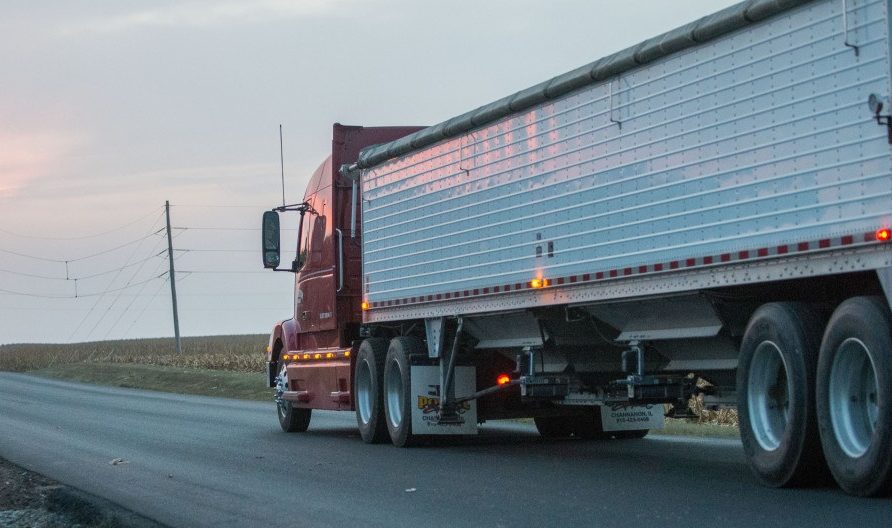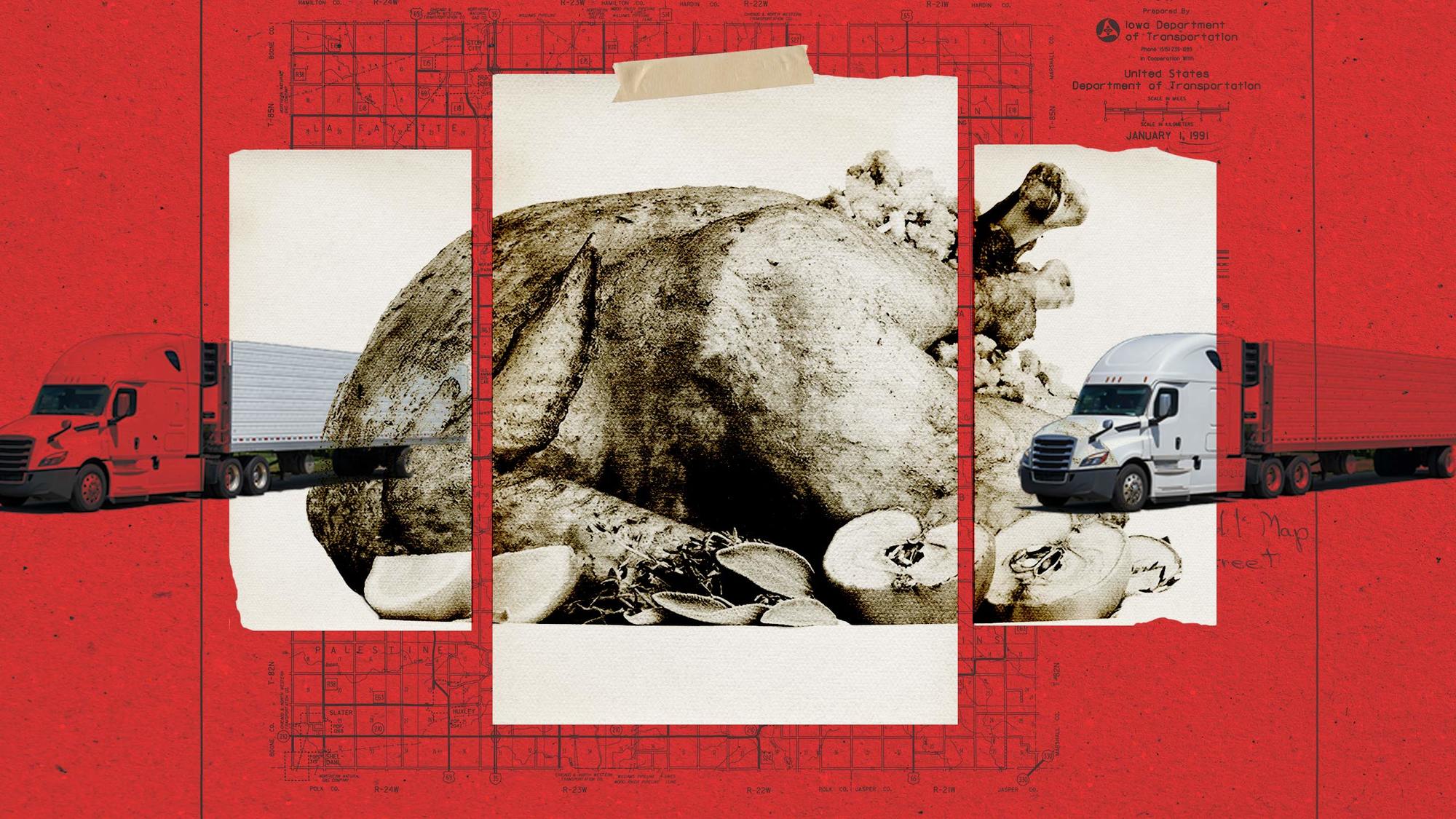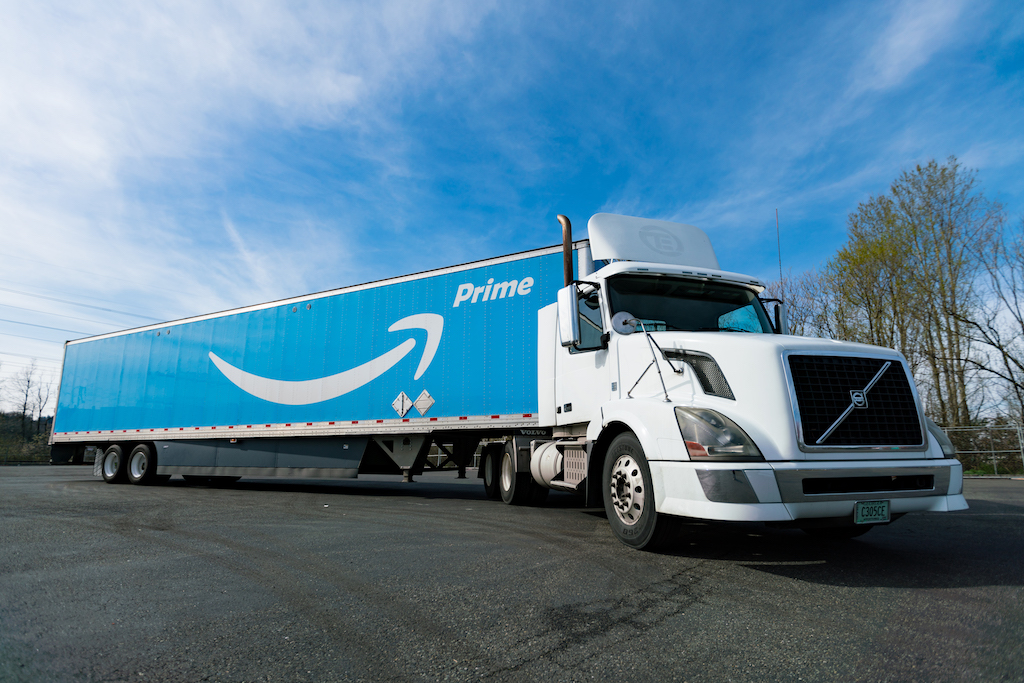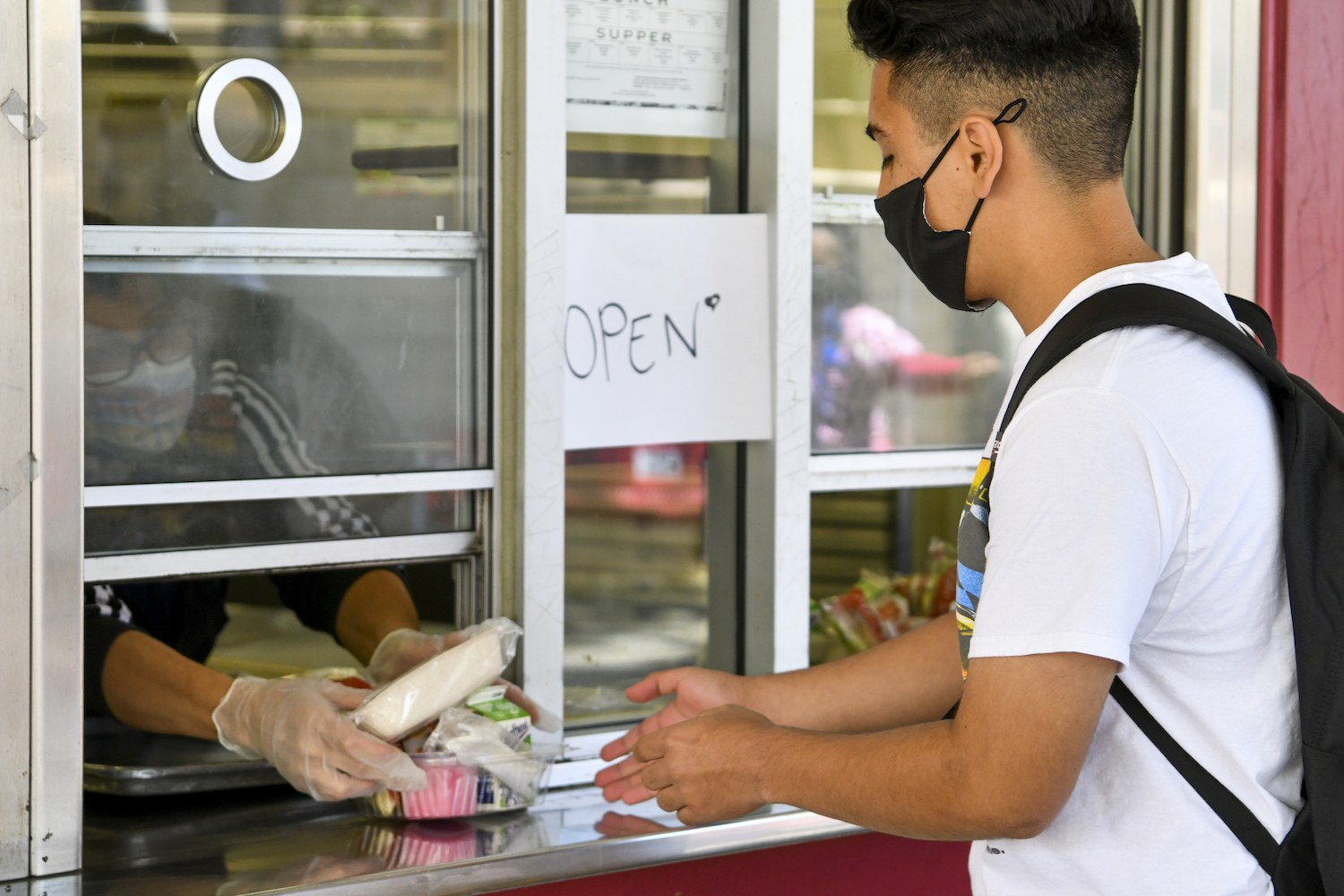
Darrell Hoemann, Investigate Midwest
“We’ve had to go back to our customers and request additional compensation to be able to make sure our drivers were getting paid enough,” the owner of a trucking company said.
C&K Trucking, based just outside Chicago, has been “under extreme pressure” to hire and retain drivers since the COVID-19 pandemic started, said Mike Burton, president of C&K Holdings. The company hauls freight between ports, railroads and shippers across the country.
This article is republished from The Midwest Center for Investigative Reporting. Read the original article here.
“Our turnover has been higher than we wanted. It was above 60% this last year,” he said, adding the company tries to maintain a turnover rate below that percentage each year.
The truck driver shortage is not new. The industry has been reporting a lack of availability of drivers for years. But the situation has exacerbated supply chain disruptions during the pandemic, resulting in congested ports and empty shelves at stores.
“The most immediate impact is that people are going to have to wait longer for products to get there, or they may not have the brand of product that they want, or they might or might not have that product at all,” said Matt Hart, executive director of the Illinois Trucking Association.
The American Trucking Associations estimated that the U.S. is short 80,000 drivers, a record high, and the number could surpass 160,000 by 2030. In Illinois, most trucking companies reported a driver shortage last year, Hart said.
The U.S. is short 80,000 drivers, a record high, and the number could surpass 160,000 by 2030.
“In 2021, we have consistently been at or above 90% of our motor carriers saying they have a truck driver shortage,” he said.
Todd Maisch, president and CEO of the Illinois Chamber of Commerce, said the shortage of drivers could impact costs for businesses and consumers, as upticks in wages for truckers to meet demand lead to companies raising rates, which may contribute to price increases.
“Even if you are successful in recruiting new drivers, you’re probably having to cut down on their hours and pay them more money,” Maisch said. “That increases the cost to the employer, and they have no choice but to pass along those costs to both consumers and small businesses.”
In 2020, according to the U.S. Bureau of Labor Statistics, the median pay for heavy and tractor-trailer truck drivers was $47,130.
“We know about 90% of our companies have increased driver pay in 2021,” Hart said, referring to Illinois trucking companies. “Over half of those companies have increased driver pay by 8% or more in 2021.”
Burton said C&K Trucking has increased its rates in order to pay drivers more.
“A key barrier to developing a pipeline of young professional drivers is that high school graduates cannot immediately pursue a trucking career.”
“We’ve had to go back to our customers and request additional compensation to be able to make sure our drivers were getting paid enough,” Burton said. “Because the market got tight, the drivers could go other places and so we had to stay competitive.”
The trucking industry, Hart said, has a “limited driver pool.” The job’s demands — the long hours and isolating treks far from home — make it difficult to recruit and retain drivers. And the industry, which has historically depended on white men, has struggled to attract women and people of color.
On top of that, the trucking workforce is aging. The high average age of current drivers, according to the American Trucking Associations, leads to a sharp number of retirements. A 2019 association report said the average age was 46.
Industry groups have argued that attracting young commercial drivers is crucial to addressing the trucker shortage.
“A key barrier to developing a pipeline of young professional drivers is that high school graduates cannot immediately pursue a trucking career due to the federal regulations that prohibit them from operating across state lines or in interstate commerce until they turn 21,” the International Foodservice Distributors Association — a trade organization representing the foodservice distribution industry, which relies on trucking companies for deliveries — said in a written statement.
Federal policy aimed to boost industry
The $1 trillion infrastructure package signed by President Joe Biden in November could help bring young drivers into the trucking industry.
The package establishes a three-year pilot apprenticeship program allowing commercial truck drivers between the ages of 18 and 20 to drive across state lines. Though people under 21 can receive a commercial driver’s license in most states, federal regulations prohibit them from driving commercially across state lines.
“We lost some drivers because of the productivity problems at either the ports or rails or our customers who were taking longer to unload the product.”
The White House in December announced a series of actions intended to recruit new drivers to bolster the trucking industry. The Truck Action Plan includes expediting the commercial driver’s license, a 90-day challenge to expand registered apprenticeships, and outreach and recruitment focused on veterans.
“A strong, stable, and safe trucking workforce that offers good-paying jobs to millions of truck drivers is a critical lifeblood of our economy,” the White House said. “But outdated infrastructure, the COVID-19 pandemic, and a historic volume of goods moving through our economy have strained capacity across the supply chain, including in trucking.”
The administration had previously unveiled steps to alleviate congestion at ports, where “outdated infrastructure and the COVID-19 pandemic have strained their capacity and jeopardized global supply chains.” One of the measures allowed the Georgia Port Authority to reallocate over $8 million to convert existing inland facilities into five pop-up container yards in Georgia and North Carolina to ease congestion at the Port of Savannah.
Beyond the labor shortage
For Burton, although there is undeniably a need for more drivers, the problem goes beyond a labor shortage. The larger issue, he said, is productivity because drivers have to wait more to load their truck and make fewer trips due to bottlenecks at ports.
“The drivers get paid per move, so they weren’t making enough money,” Burton said. “We lost some drivers because of the productivity problems at either the ports or rails or our customers who were taking longer to unload the product.”
In an effort to retain its drivers, Burton said C&K Trucking has worked on things like making paperwork easier, having incentive programs, “pushing safety” and “compensating them for doing well.”
“We’re just continuing to try and find better ways to make sure we’re keeping our drivers happy,” he said.





